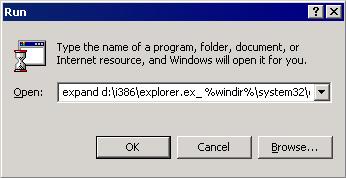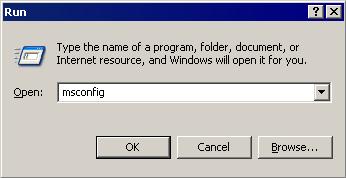PTCH_REDUS.A
Trojan.Botime(Norton)
Windows 2000, Windows Server 2003, Windows XP (32-bit), Windows Vista (32-bit), Windows 7 (32-bit)


Threat Type: Trojan
Destructiveness: No
Encrypted:
In the wild: Yes
OVERVIEW
Downloaded from the Internet, Dropped by other malware
This is the Trend Micro detection for files patched with malicious code by BKDR_BOTIME. It is used as an autostart malware component to execute the chunk of codes in the registry entry created by BKDR_BOTIME.
This Trojan may be dropped by other malware.
It does not have any propagation routine.
It does not have any backdoor routine.
It does not drop any other file.
It does not have any downloading capability.
It does not have any information-stealing capability.
TECHNICAL DETAILS
179,456 bytes
EXE
Yes
13 Jun 2013
Arrival Details
This Trojan may be dropped by the following malware:
- BKDR_BOTIME
Propagation
This Trojan does not have any propagation routine.
Backdoor Routine
This Trojan does not have any backdoor routine.
Dropping Routine
This Trojan does not drop any other file.
Download Routine
This Trojan does not have any downloading capability.
Information Theft
This Trojan does not have any information-stealing capability.
NOTES:
This is the Trend Micro detection for files patched with malicious code by BKDR_BOTIME.
It is used as an autostart malware component to execute the chunk of codes in the following registry entry created by BKDR_BOTIME:
HKEY_LOCAL_MACHINE\SOFTWARE\ODBC\Boot Runner1 = "{encrypted chunk of codes}"
This chunk of codes contains the encrypted malicious routines of BKDR_BOTIME.
It does not have rootkit capabilities.
It does not exploit any vulnerability.
SOLUTION
9.200
9.980.02
13 Jun 2013
9.981.00
14 Jun 2013
Step 1
Before doing any scans, Windows XP, Windows Vista, and Windows 7 users must disable System Restore to allow full scanning of their computers.
Step 2
Remove the malware/grayware file that dropped/downloaded PTCH_REDUS.A
- BKDR_BOTIME
Step 3
Restore a file/s that has/have been corrupted/modified by this malware/grayware
To restore system files:
• For Windows 2000:
- Insert your Windows 2000 Installation CD in your CD-ROM drive.
- Click Start>Run.
- In the Open text box, type the following then click OK:
expand D:\i386\{file to restore}.ex_ %windir%\system32\{file to restore}.exe
• For Windows XP and Windows Server 2003:
- Click Start>Run.
- In the Open text box, type the following then click OK:
MSCONFIG - Make sure that the option Normal startup - load all device drivers and services option is selected.
- Click the Expand button.
- In the dialog box that appears, type the following:
- File to restore contains the path and file name of the file you wish to restore.
- Restore from contains the path to the Windows CAB files. This path may vary from machine to machine. It may be in a local drive, in a network drive, or in a CD-ROM. In the local drive, it is usually in C:\WINDOWS\OPTIONS\INSTALL.
- Save file in contains the path of the file you wish to restore (Do not include the file name).
- Click the Expand button.
Step 4
Scan your computer with your Trend Micro product to delete files detected as PTCH_REDUS.A. If the detected files have already been cleaned, deleted, or quarantined by your Trend Micro product, no further step is required. You may opt to simply delete the quarantined files. Please check this Knowledge Base page for more information.
Did this description help? Tell us how we did.




